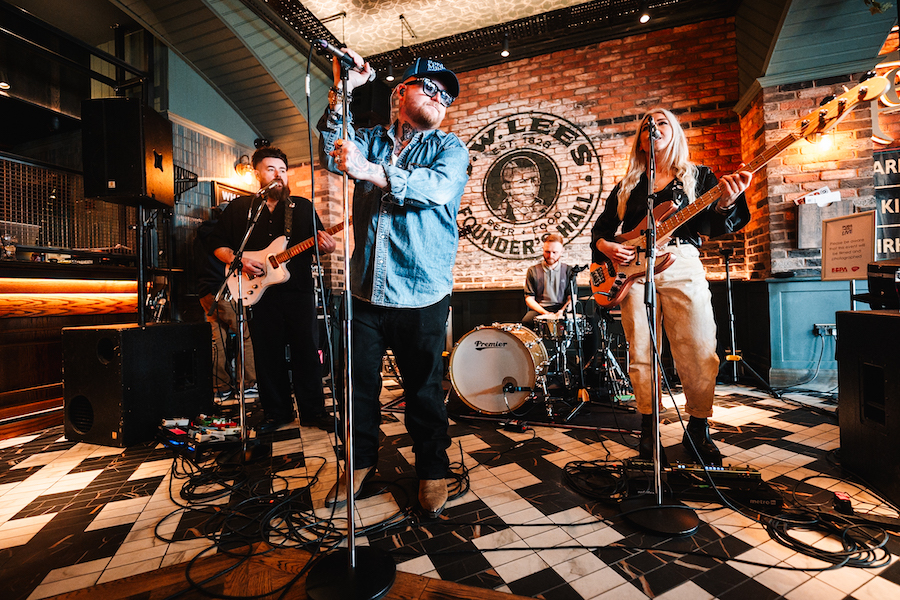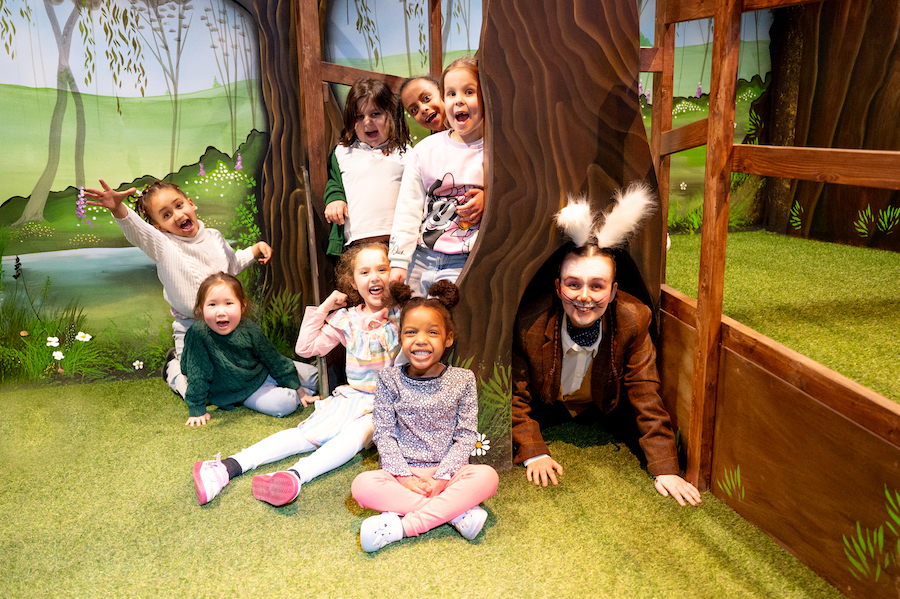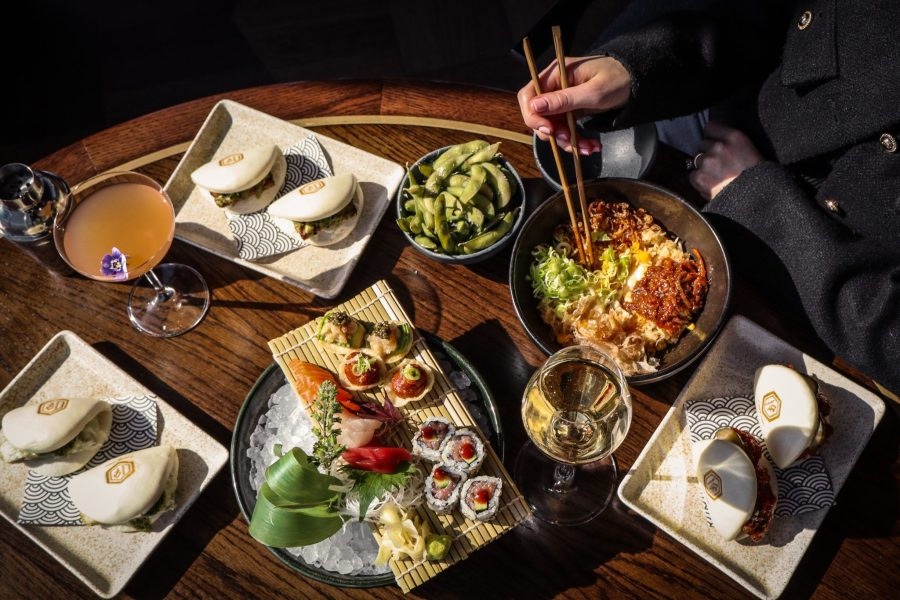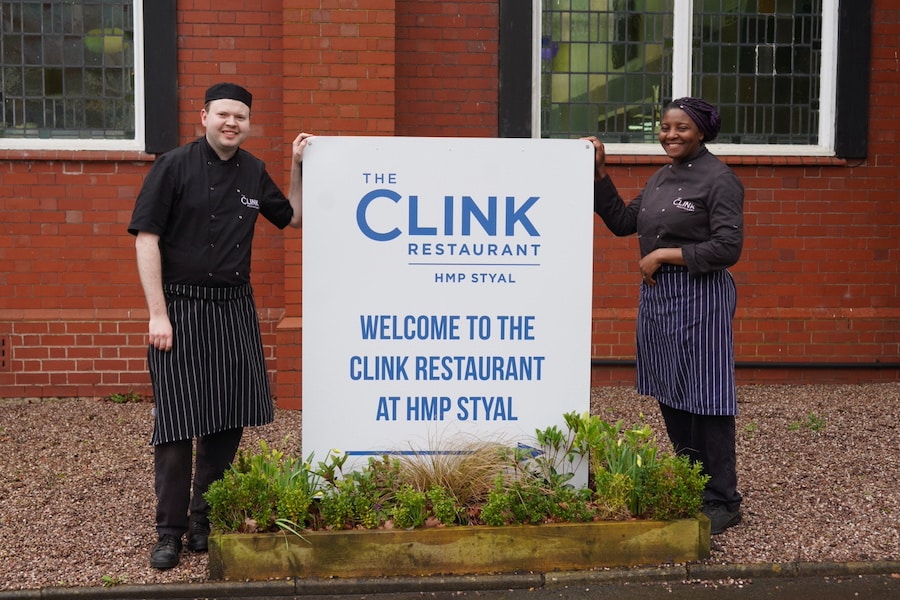Moss Side is a proud Manchester community that stands together and will not be destroyed
- Written by Ray King
- Last updated 7 years ago
- City of Manchester, Community, Sport
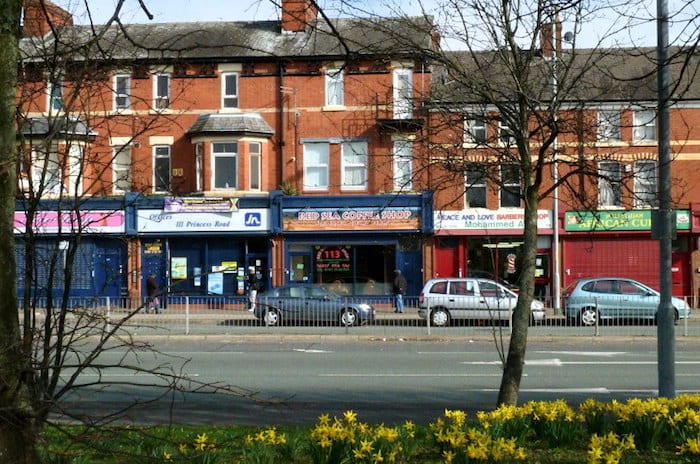
There will, no doubt, be doommongers only too ready to claim that Moss Side has slid back towards the bad old days following the mass shooting in Claremont Road in the early hours of Sunday morning.
But they would be wrong.
It is true that the incident, which left ten people including two children needing hospital treatment after being hit by pellets fired from a shotgun, is a setback, but the progress in ridding the area of its “Gunchester” notoriety of the 1980s and 1990s is continuing.
The motive for the attack on what was a noisy but unrelated street party after the first day of the weekend’s Caribbean Carnival remains unclear. Police are investigating whether it was a targeted shooting. No arrests have so far been made and three people, including a 12-year-old girl, are still in hospital. Her wounds are not thought to be life threatening.
The attack, now being treated by police as attempted murder, was a very serious incident. But the carnival itself – held every year since 1972 – in Alexandra Park, attracting 16,000 people, is in itself symbolic of a widely diverse community pulling together and celebrating that diversity.
And one of the main reasons why the events of the early hours of Sunday sent such a shockwave through the area is the progress that Moss Side has made in the last 20 years.
“I live in Moss Side, I love Moss Side, I breathe the air in Moss Side,” Lord Kemoy Walker, youth worker and ambassador for Manchester and Moss Side, told the BBC.
“I have been here a long time and I will continue to spread the good word about this community. Situations like this don’t help and this is about sending the message to the people.”
The new determination and optimism in the area was echoed by community activist Dr Erinma Bell in the aftermath of the weekend’s shooting.
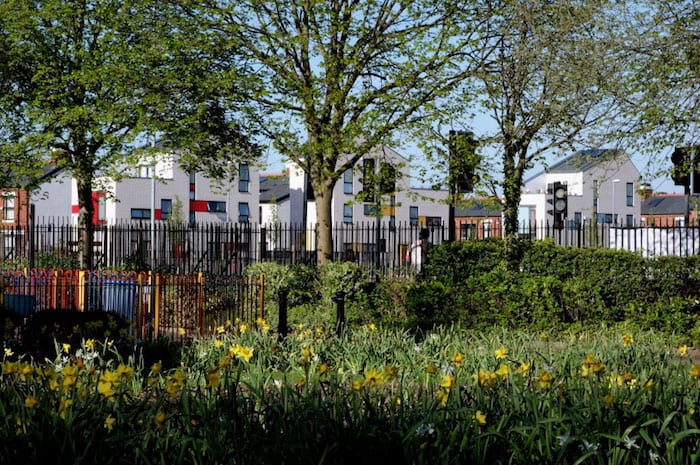
In an interview with ITV’s Granada Reports, she insisted the years of work to create “Moss Pride” would not be destroyed by a senseless shooting.
She said: “We will still continue to build on what we have succeeded in doing in Moss Side which is reduce the gun and gang crime issues and violence by that we have on our streets by more than 92 per cent.
“When incidents like this happen in Moss Side it is very very disappointing, not only for myself but also for the local residents, organisations and groups we have working so hard to clean up our act, to give it a new face lift and for people to be proud of the area.
“We have done a lot of work with individuals, with groups,, with schools. Moss Side is a happy place to be. It’s a safer place to be. Unfortunately what happened at the weekend will drag us back a little bit – but only a tiny bit – because we will stand together on this.”
Last year, Dr Bell’s campaign against gang violence in south Manchester was recognised by the unveiling of a sculpture of her made from melted-down firearms.
Historian Dr Charlotte Wildman told the BBC that Moss Side’s characterisation as a neighbourhood of gangs and gun crime was “unfair.”
While it was true that the violence that earned the nickname “Gunchester” continued into the 1990s, that was also a time when dramatic changes began. Manchester city council had worked very hard to make sure Moss Side shed its unfair image and, as well as spending money, there had been a push to rebrand the area and encourage young professionals to live there. And it worked.
The changes were underlined as long ago as 2012 when The Guardian newspaper published, as part of a series, “Let’s Move to Moss Side – What a difference 20 years makes”.
While acknowledging its “fair share of community tensions”, the article also highlighted Moss Side’s progress.
“So much energy has been poured into the area, it’s a shadow of what it was 20 years ago. [Investment has been] enough to turn it around, to build better relations with the police, as well as places like the Powerhouse library and family homes; to allow locals to tend the flowers in Cranswick Square and to tempt wannabes who can’t afford Didsbury.
“Indeed, 2011’s census has Moss Side’s population up 30% in a decade, mostly young families. Plus, crime’s lower than in Didsbury.”
Who knew?
- This article was last updated 7 years ago.
- It was first published on 15 August 2018 and is subject to be updated from time to time. Please refresh or return to see the latest version.
Did we miss something? Let us know: press@ilovemanchester.com
Want to be the first to receive all the latest news stories, what’s on and events from the heart of Manchester? Sign up here.
Manchester is a successful city, but many people suffer. I Love Manchester helps raise awareness and funds to help improve the lives and prospects of people across Greater Manchester – and we can’t do it without your help. So please support us with what you can so we can continue to spread the love. Thank you in advance!
An email you’ll love. Subscribe to our newsletter to get the latest news stories delivered direct to your inbox.
Got a story worth sharing?
What’s the story? We are all ears when it comes to positive news and inspiring stories. You can send story ideas to press@ilovemanchester.com
While we can’t guarantee to publish everything, we will always consider any enquiry or idea that promotes:
- Independent new openings
- Human interest
- Not-for-profit organisations
- Community Interest Companies (CiCs) and projects
- Charities and charitable initiatives
- Affordability and offers saving people over 20%
For anything else, don’t hesitate to get in touch with us about advertorials (from £350+VAT) and advertising opportunities: advertise@ilovemanchester.com
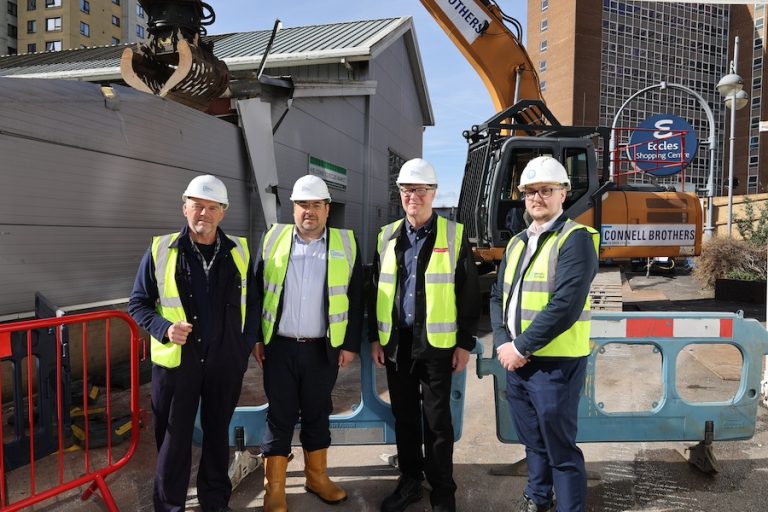
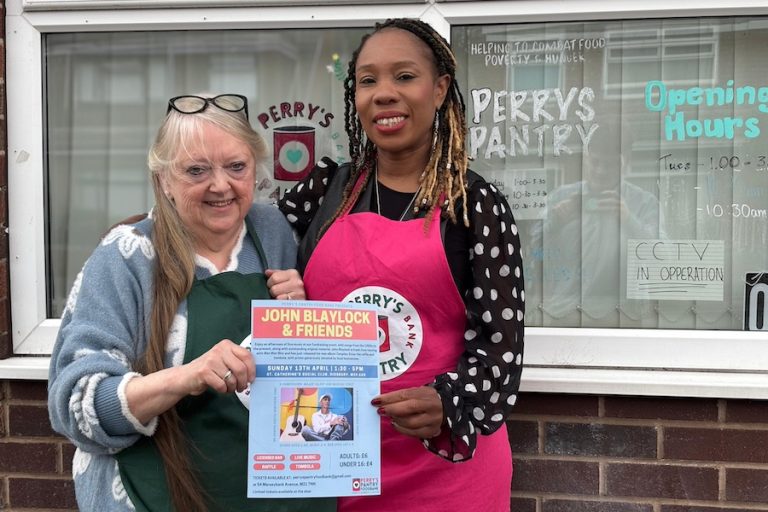
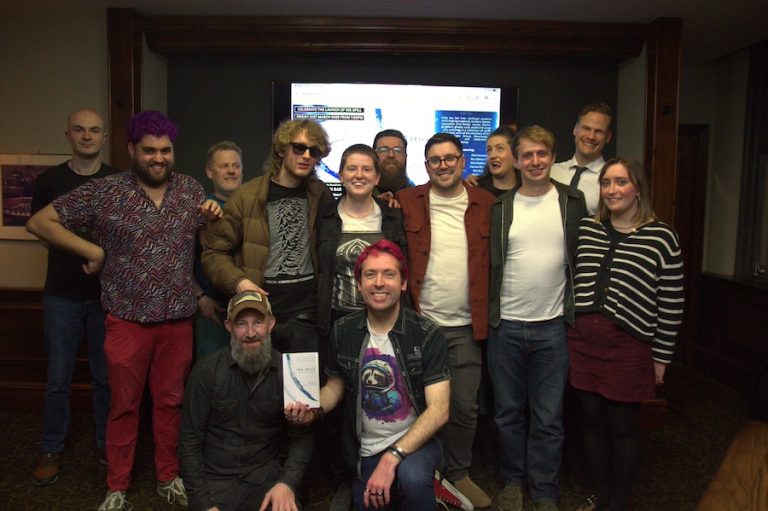
The eclectic group that’s been helping writers cut their teeth for 50 years

“His presence will be deeply missed” Children’s hospice bids farewell to their visionary CEO
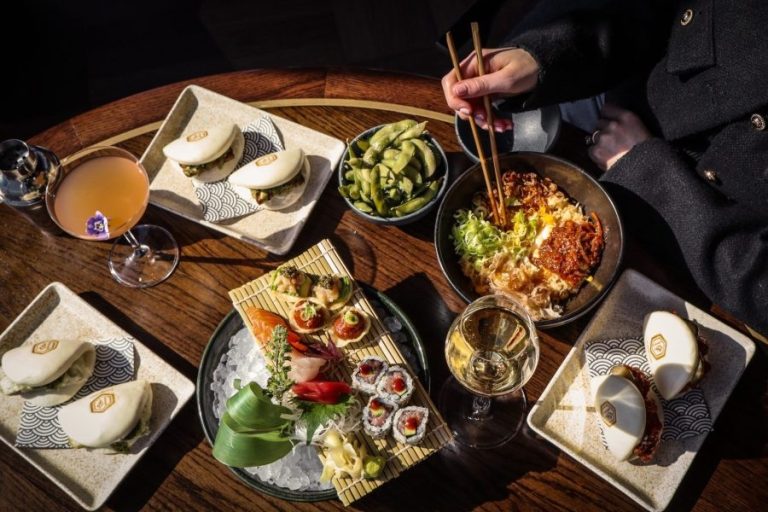
Has Gordon Ramsay created Manchester’s ultimate bottomless brunch?







